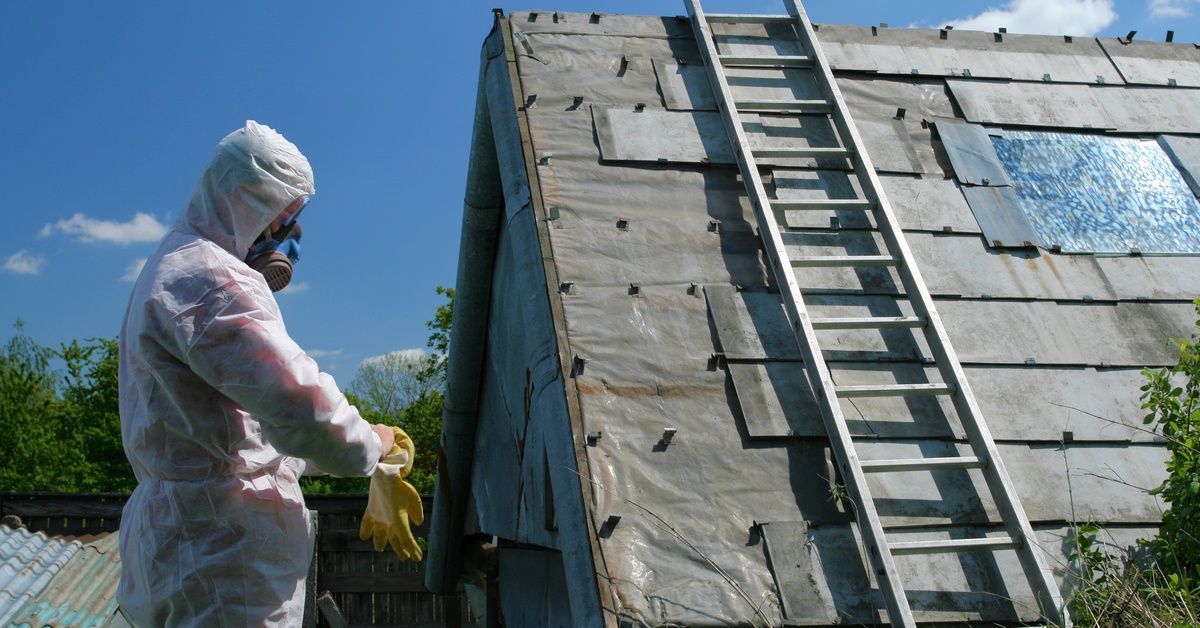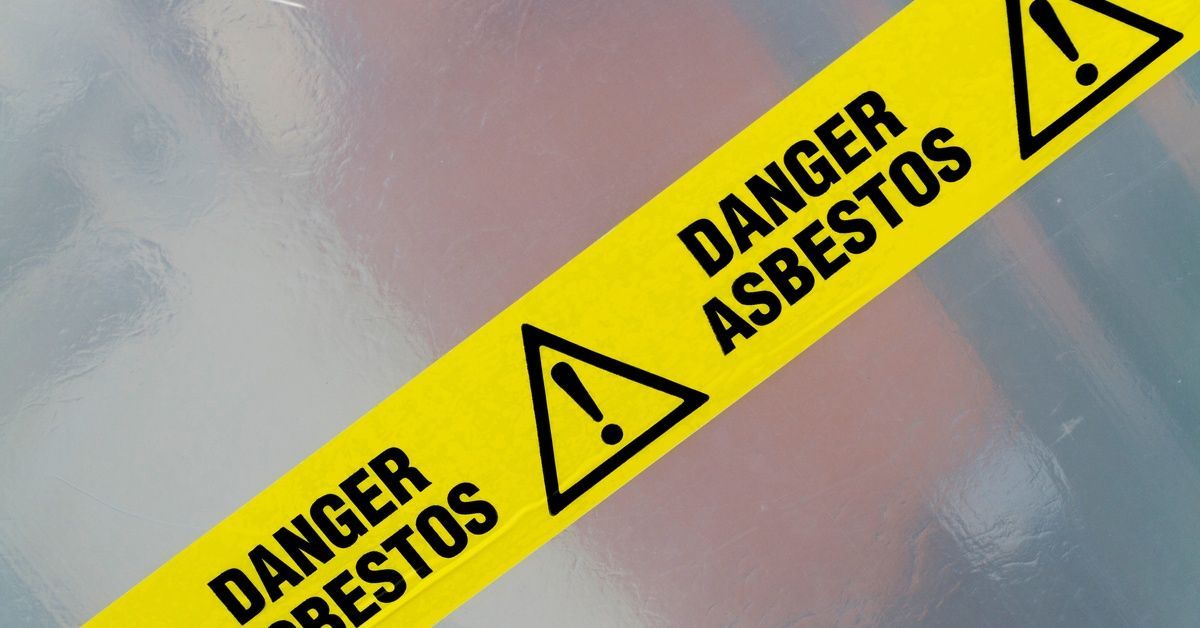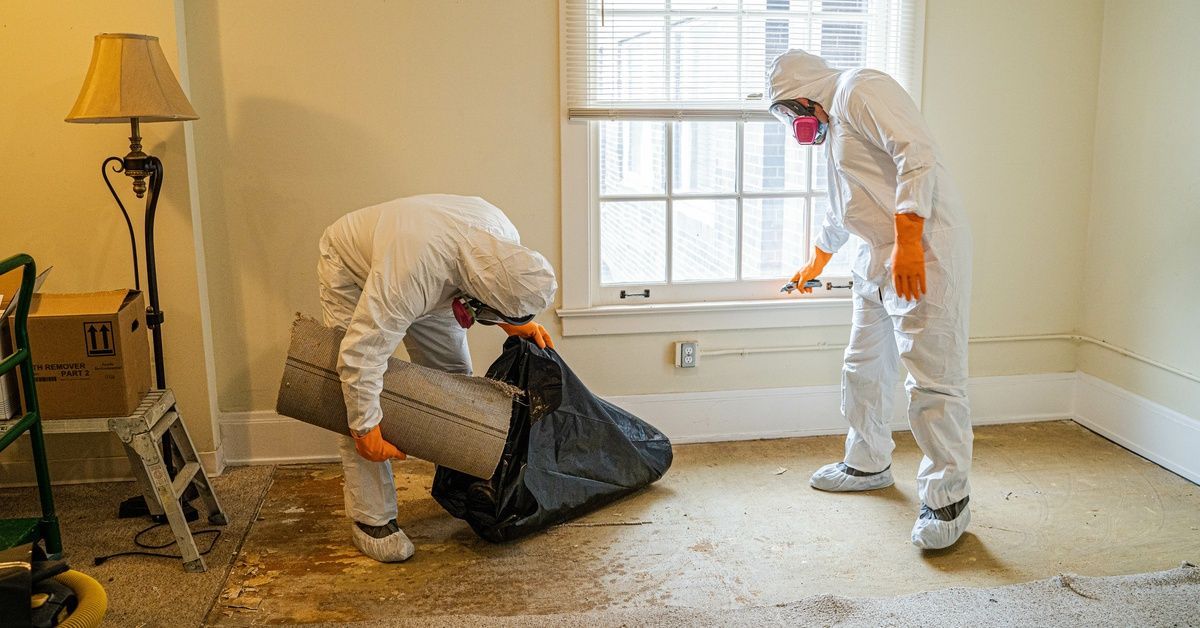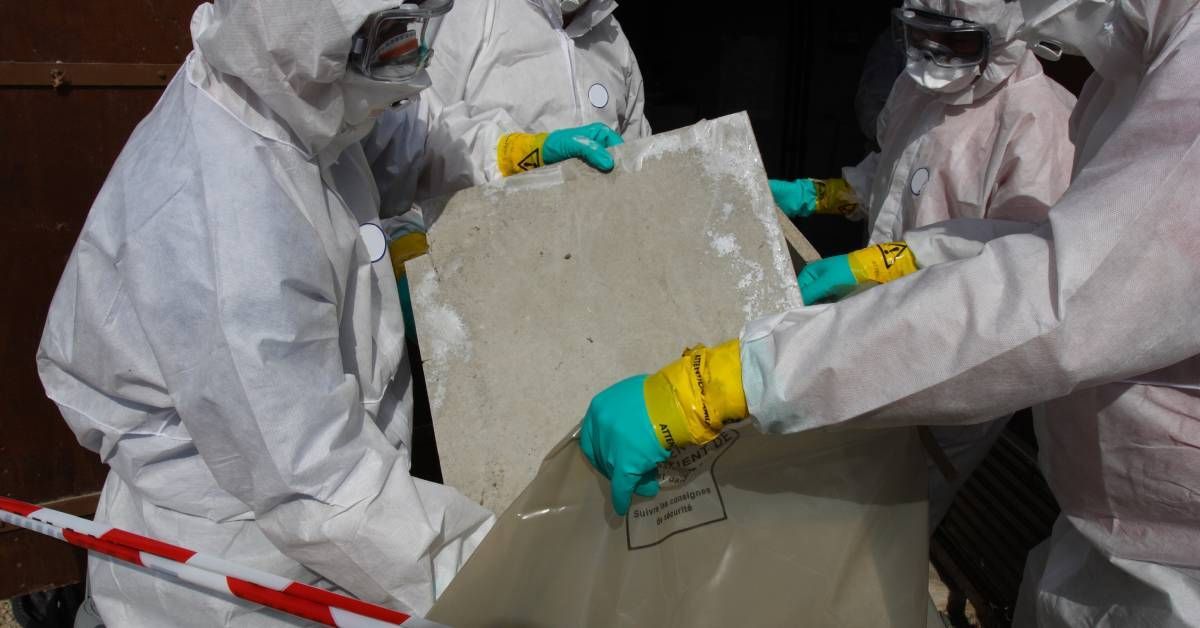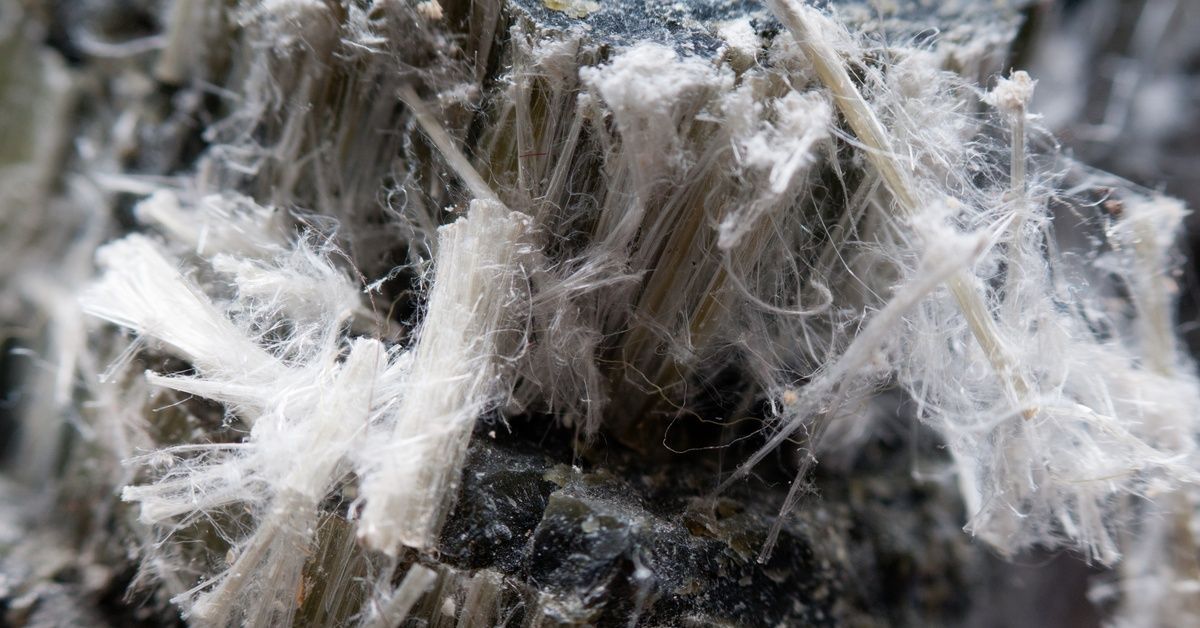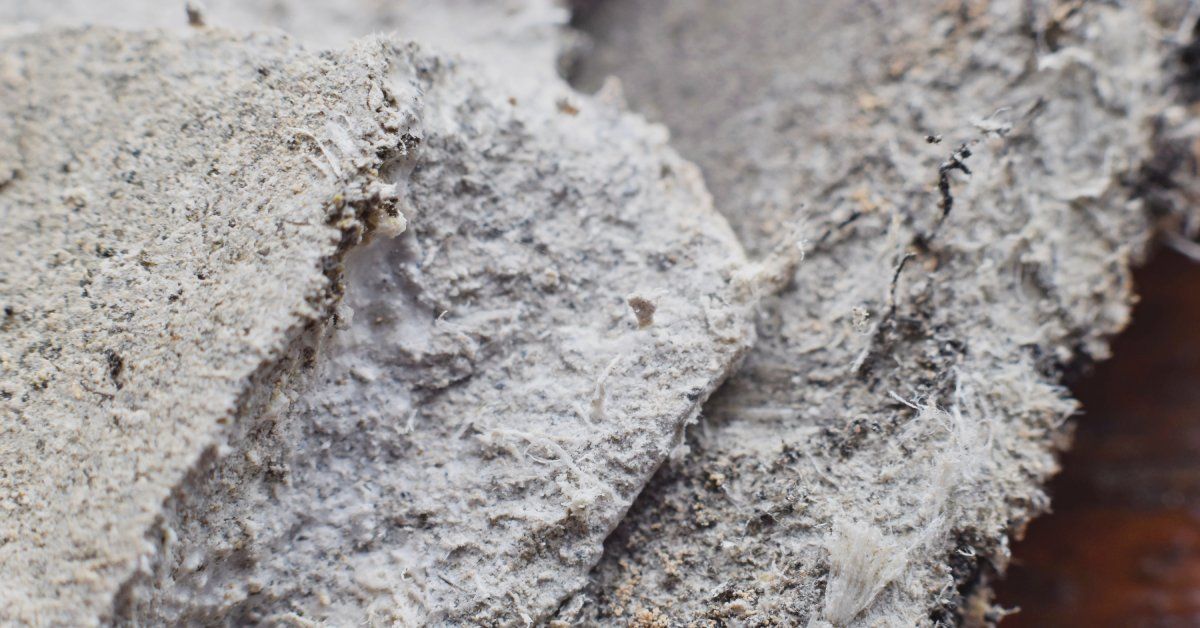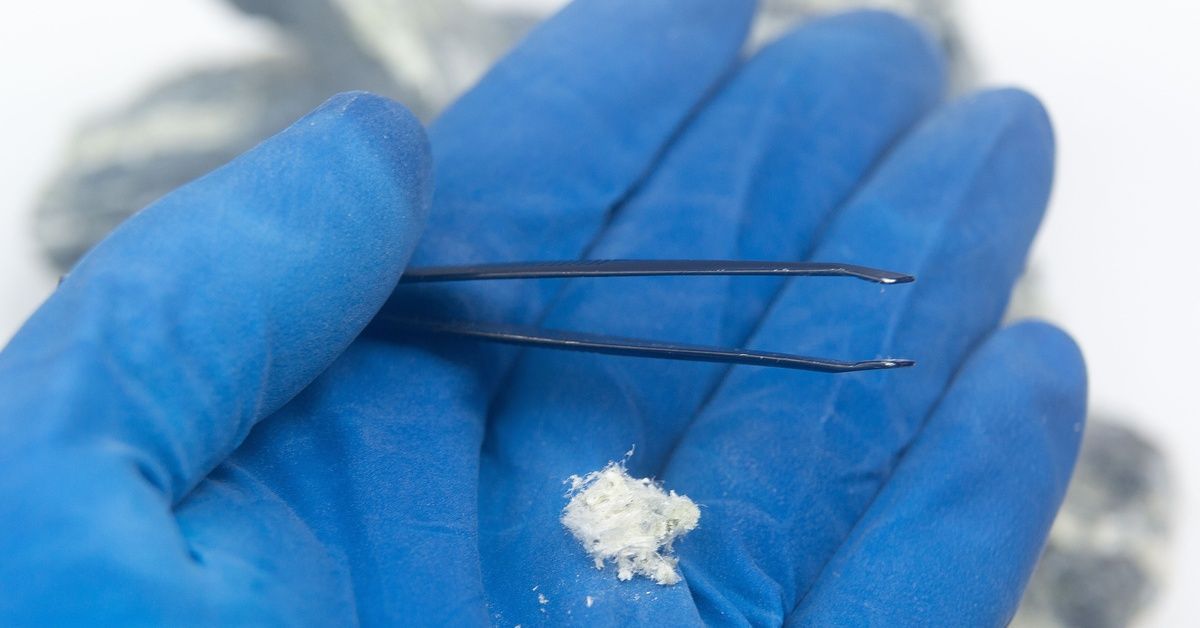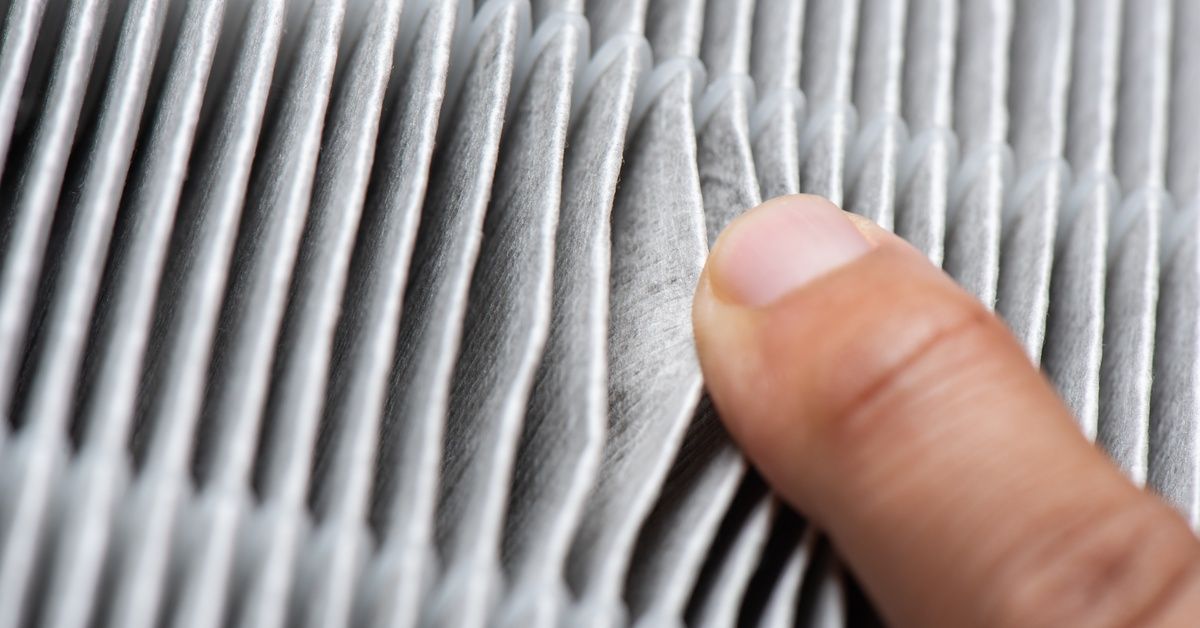5 Reasons an AC Unit Might Have Asbestos in It
Asbestos is a mineral fiber that used to be commonly used in construction and industrial applications. However, it has been linked to severe health risks, making its identification and management critical.
While many people associate asbestos with insulation or old building materials, it might surprise homeowners to learn that the air conditioning unit could be a potential source of this substance. Consider the following reasons an AC unit might have asbestos in it and what you can do to make sure your home is asbestos-free.
The Age of the Unit
One of the most common reasons that an AC unit might harbor asbestos is its age. Units manufactured before the 1980s often used asbestos because of its excellent fireproofing and insulating properties.
At the time, asbestos was the go-to material because of its durability and resistance to heat, making it ideal for ductwork and various HVAC components. Older systems and homes from this era may still contain asbestos, posing a risk to occupants, especially during maintenance.
Insulation Around HVACs and Ductwork
Another key concern lies in the insulation surrounding the unit or ductwork. Older systems relied on asbestos-containing materials for insulating pipes, ducts, and certain components of the air conditioning unit itself. This insulation reduced energy loss and provided fire protection, making it a standard in the HVAC industry until regulations began to curb its usage.
If the insulation is intact and undisturbed, it doesn’t pose an immediate risk. Keep in mind that wear, damage, or renovations could release asbestos fibers into the air and create potential health hazards.
The Dangers of Adhesives
Old adhesive tapes and sealants used in AC units are also common culprits. These materials were historically used to seal duct joints or seams to establish airtight systems. Unfortunately, many of these adhesives contained asbestos, particularly in installations from the mid-20th century. Over time, tapes and sealants can degrade, especially under constant temperature fluctuations, increasing the likelihood of asbestos fibers being released into the air.
Components With Hidden Risks
People commonly overlook blower and fan components in older AC units. Gaskets, heat shields, and other elements within the blower assembly sometimes relied on asbestos to withstand heat and wear. These internal parts, while less visible, can still degrade over time and release harmful fibers if you disassemble the unit for repairs or upgrades.
Exposure to Nearby Materials
Even if the AC unit itself does not contain asbestos, its proximity to materials that do contain asbestos can lead to contamination. If the unit is in a building where asbestos-containing materials, such as ceiling tiles, flooring, or insulation, are present, fibers can infiltrate the system.
Over time, this contamination can spread through the ductwork, inadvertently circulating asbestos fibers throughout the building. Regular air quality testing can help determine whether such contamination has occurred.
Take Active Steps
Protecting your health starts with knowledge and action. Understanding these five reasons an AC unit might have asbestos in it highlights the importance of consulting experienced professionals for inspection and abatement. Proper handling is necessary for mitigating exposure and safeguarding health. If your home or workplace includes an older AC system or building materials from decades past, take proactive steps by having professionals verify your space is asbestos-free. Reach out to AirSafe. We are accredited experts in asbestos abatement in MA who can identify and address any issues safely and effectively.

